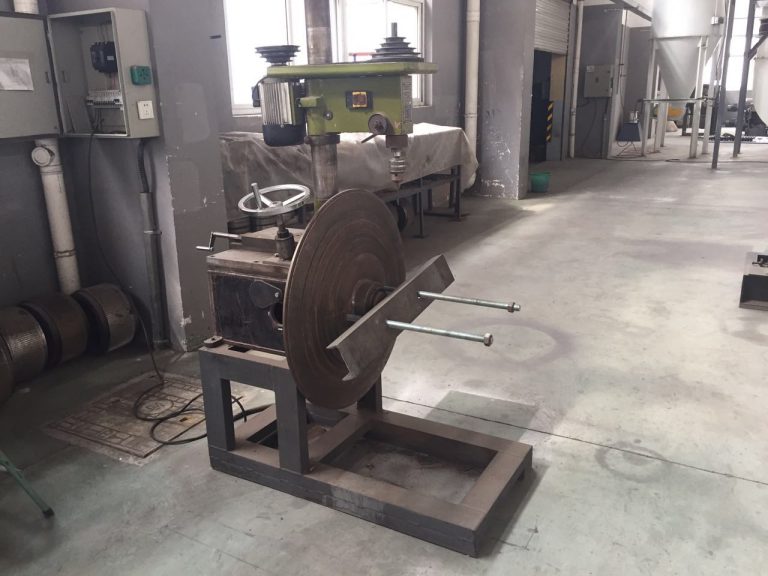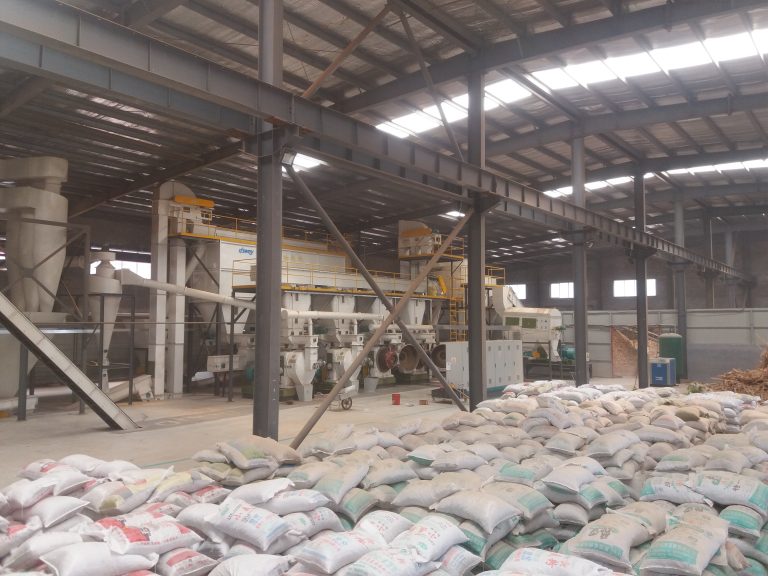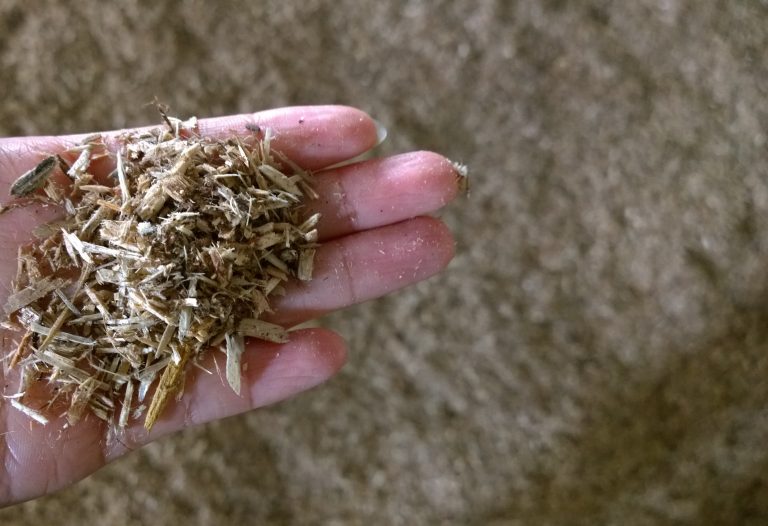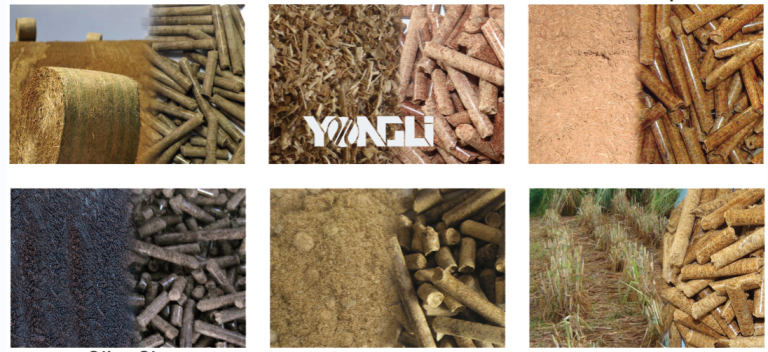La fabrication de granulés de bois est un processus complexe qui comporte plusieurs étapes importantes. L’une de ces étapes cruciales est la palettisation, qui consiste à empiler les granulés de bois finis sur des palettes pour le stockage et le transport. Traditionnellement, la palettisation est un processus manuel, nécessitant beaucoup de travail et de temps. Cependant, avec les progrès de la technologie, une ligne de production de palettisation automatique a changé la donne dans l’industrie des granulés de bois. La mise en œuvre d’une ligne de production de palettisation automatique dans la fabrication de granulés de bois offre de nombreux avantages.
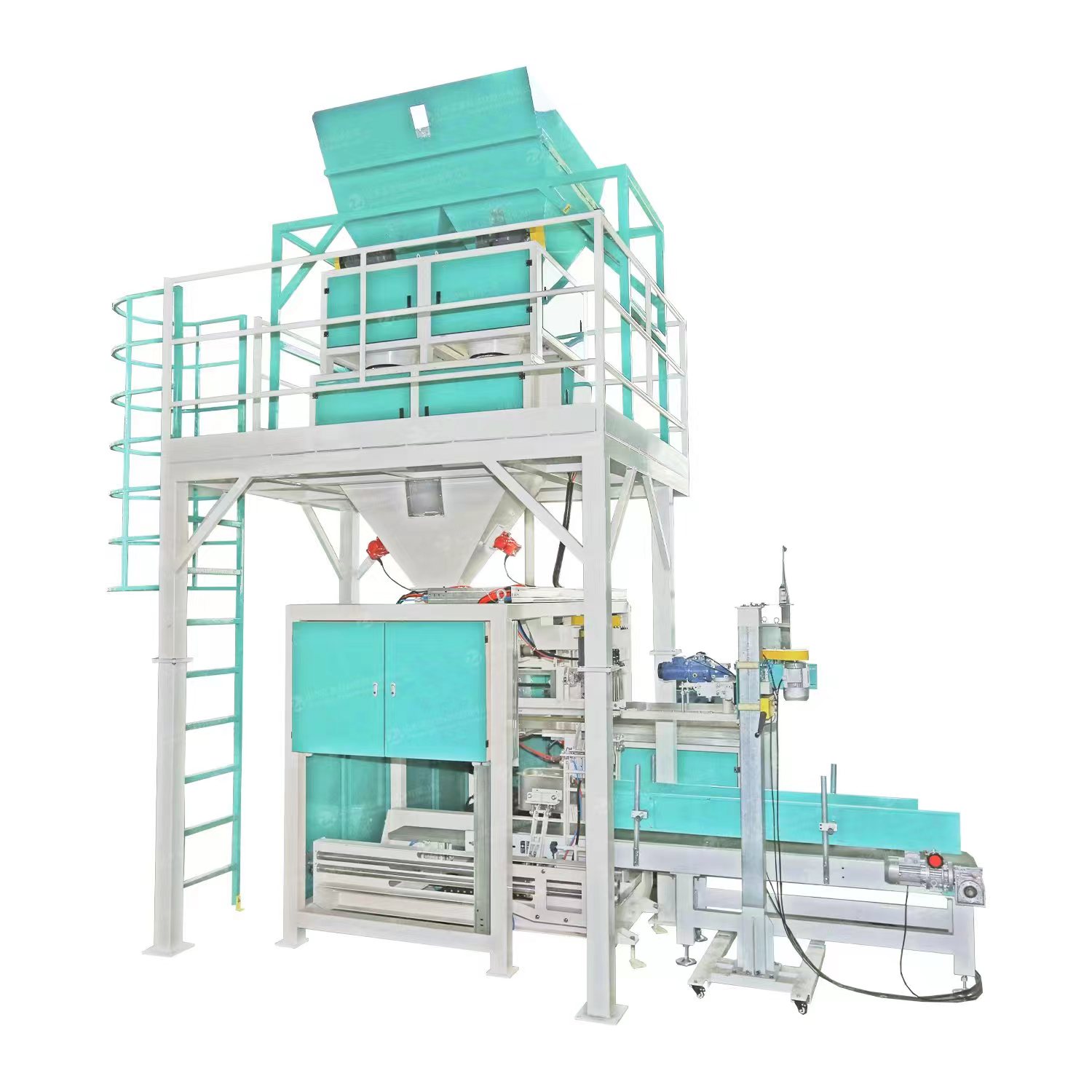
Firstly, it significantly increases production efficiency. Manual palletizing is a time-consuming task that requires workers to carefully stack each bag of wood pellets onto pallets. This process is not only physically demanding but also prone to human error. On the other hand, an automatic palletizing production line can handle a much larger volume of pellets in a shorter period. With the use of robotic arms and advanced machinery, the line can stack the pellets quickly and accurately, reducing the need for manual labor and increasing overall productivity.
Another advantage of an automatic palletizing production line is the improved product quality. Manual palletizing can lead to inconsistencies in the stacking pattern, resulting in unstable pallets that are prone to tipping or collapsing during transportation. This can cause damage to the wood pellets and result in product loss. With an automatic palletizing production line, the stacking process is precise and uniform, ensuring that each pallet is stable and secure. This not only reduces the risk of product damage but also enhances the overall quality of the wood pellets. Furthermore, implementing an automatic palletizing production line can enhance workplace safety. Manual palletizing involves heavy lifting and repetitive motions, which can lead to musculoskeletal injuries for workers. By automating the palletizing process, the need for manual labor is significantly reduced, minimizing the risk of injuries.
Additionally, the use of robotic arms and advanced machinery ensures that the wood pellets are handled with care, reducing the likelihood of accidents or spills. This creates a safer working environment for employees and reduces the company’s liability. In addition to the benefits mentioned above, an automatic palletizing production line also offers cost savings for wood pellet manufacturers. While the initial investment in the machinery and equipment may be significant, the long-term savings are substantial. By reducing the need for manual labor, companies can save on labor costs and allocate their workforce to more value-added tasks. Moreover, the increased production efficiency and improved product quality result in higher customer satisfaction and potentially increased sales. This, in turn, leads to higher profitability for the company.
Implementing an automatic palletizing production line in wood pellet manufacturing brings numerous benefits. It increases production efficiency, improves product quality, enhances workplace safety, and offers cost savings. As the wood pellet industry continues to grow, investing in automation technology becomes increasingly important for companies to stay competitive. By embracing the advantages of an automatic palletizing production line, wood pellet manufacturers can streamline their operations, increase productivity, and ultimately achieve greater success in the market.

